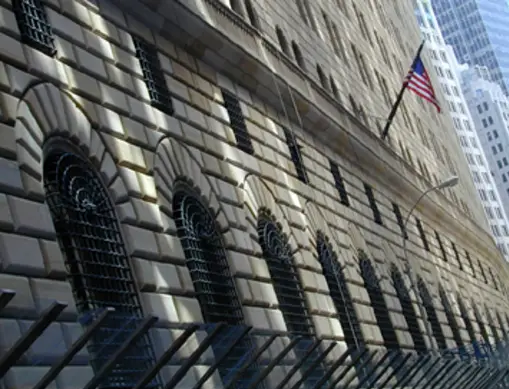In the sharpest climb since 1999, American households saw their credit card debt surge 13% in the second quarter, indicating as inflation has begun spreading through the economy, consumers are relying on their credit cards to cushion the blow to their pocketbooks.
The Quarterly Report On Household Debt and Credit was released by the Federal Reserve Bank of New York and it shows total household debt climbed up to $16.15 trillion by the end of June. That was up $312 billion over the same quarter a year ago, with increases spread across mortgage, car loan and credit card balances.
Mortgage Balances rose $207 billion to $11.39 billion. Auto loans were up $33 billion to $199 billion. Credit card balances were up $46 billion, bringing them back up to pre-pandemic levels. Student loan balances were roughly unchanged, as they have been since the pandemic.
Non-housing balances were up $103 billion (2.4%) over the first quarter, which was the largest quarterly jump since 2016.
Joelle Scally, administrator of the Center for Microeconomic Data at the New York Fed said, “The second quarter of 2022 showed robust increases in mortgage, auto loan, and credit card balances, driven in part by rising prices… While household balance sheets overall appear to be in a strong position, we are seeing rising delinquencies among subprime and low-income borrowers with rates approaching pre-pandemic levels.”
In a separate blog post, the New York Fed said, “With the supportive policies of the pandemic mostly in the past, there are pockets of borrowers who are beginning to show some distress on their debt,” and “the delinquency transition rates for credit cards and auto loans are creeping up, particularly in lower-income areas.”

